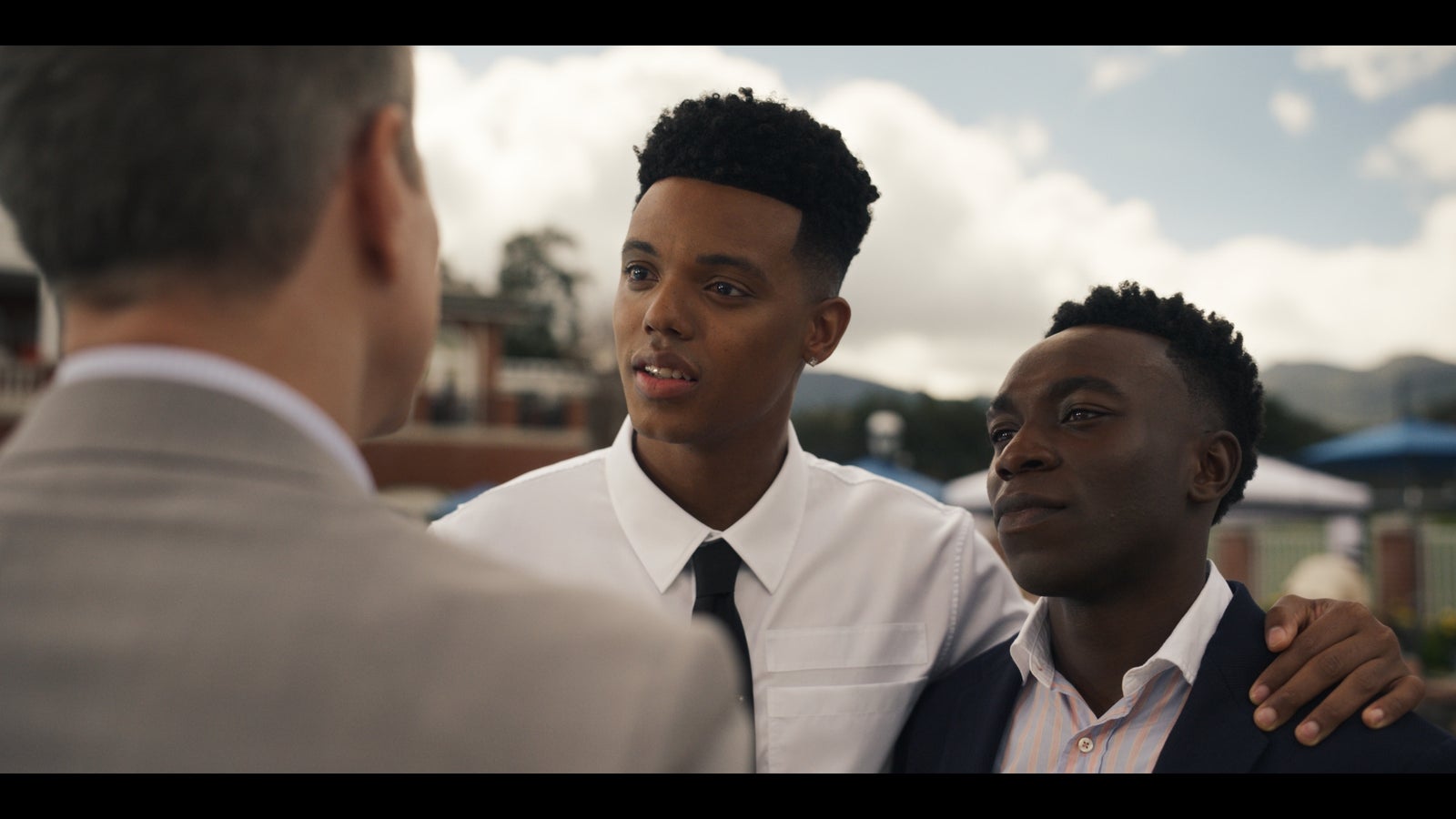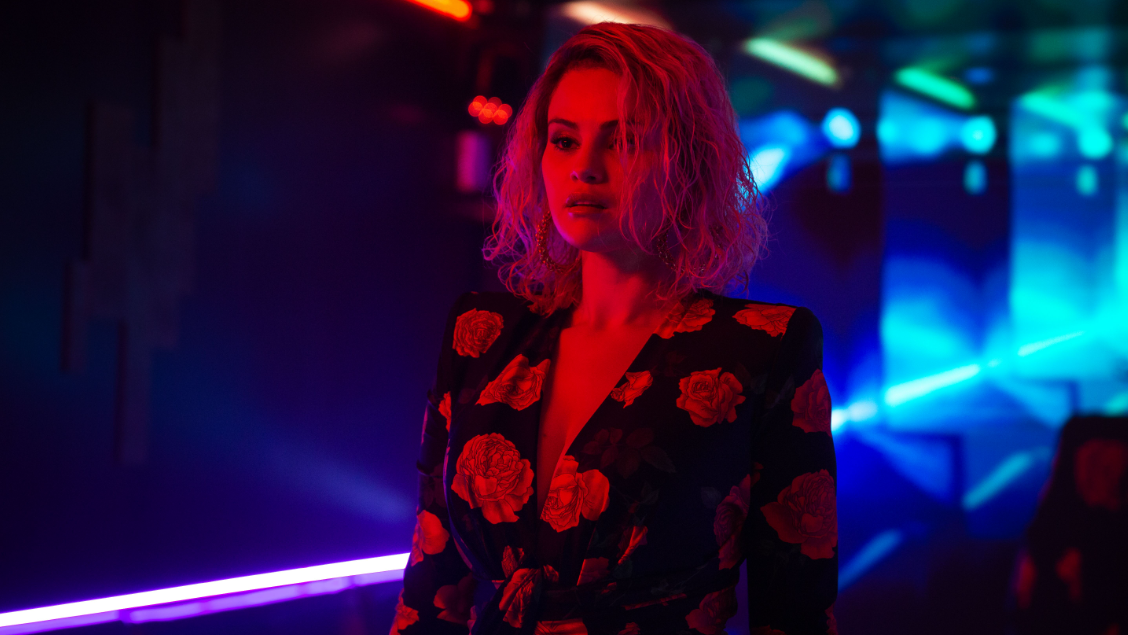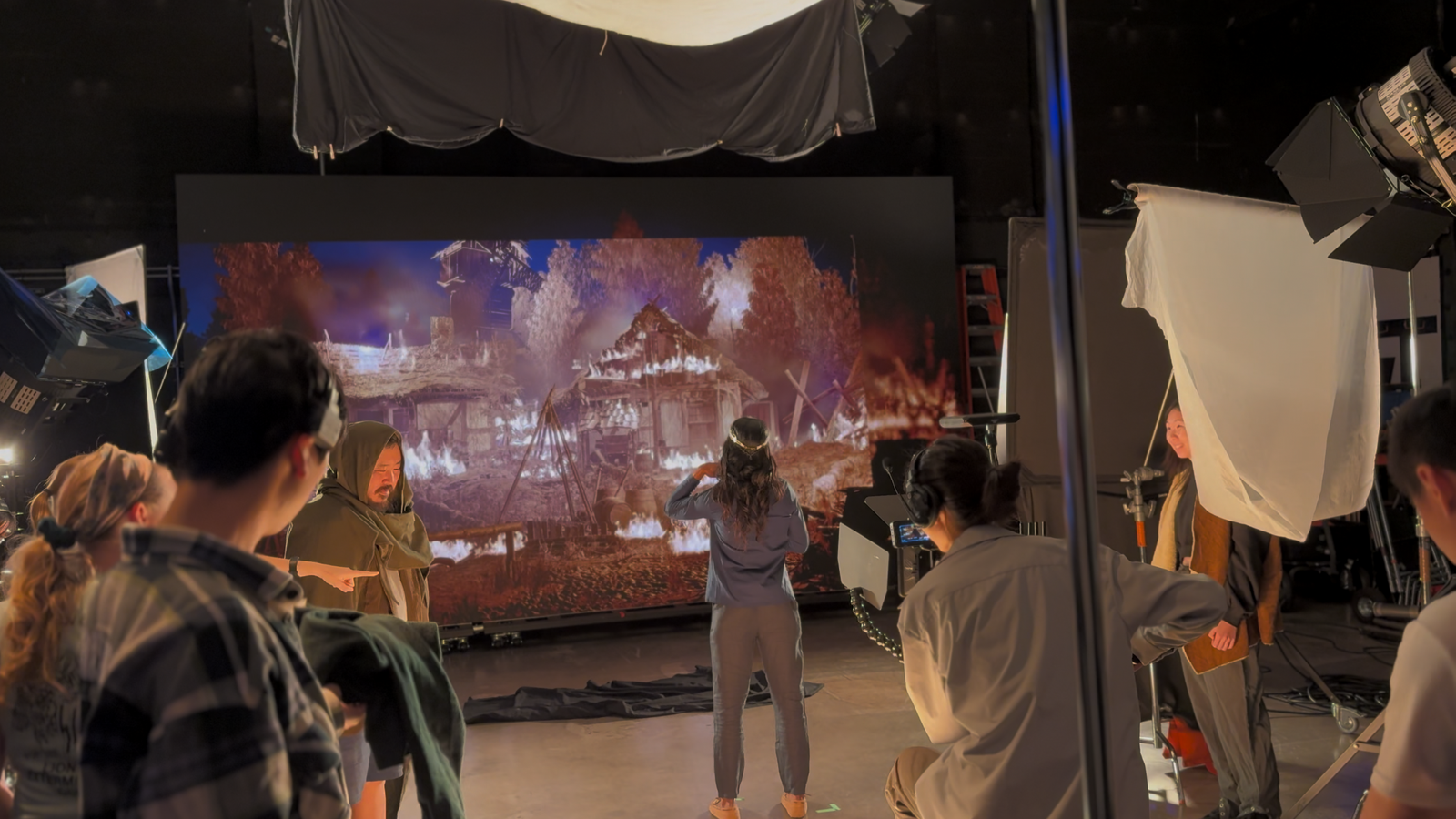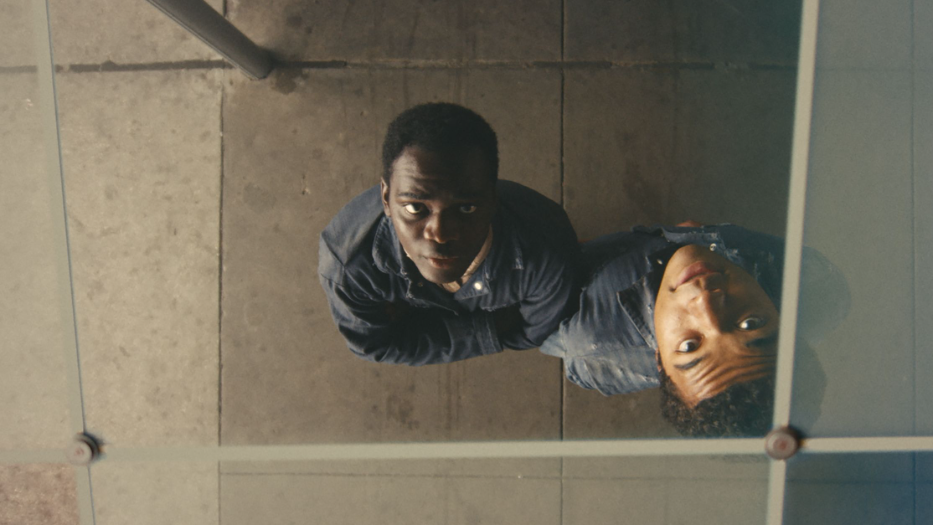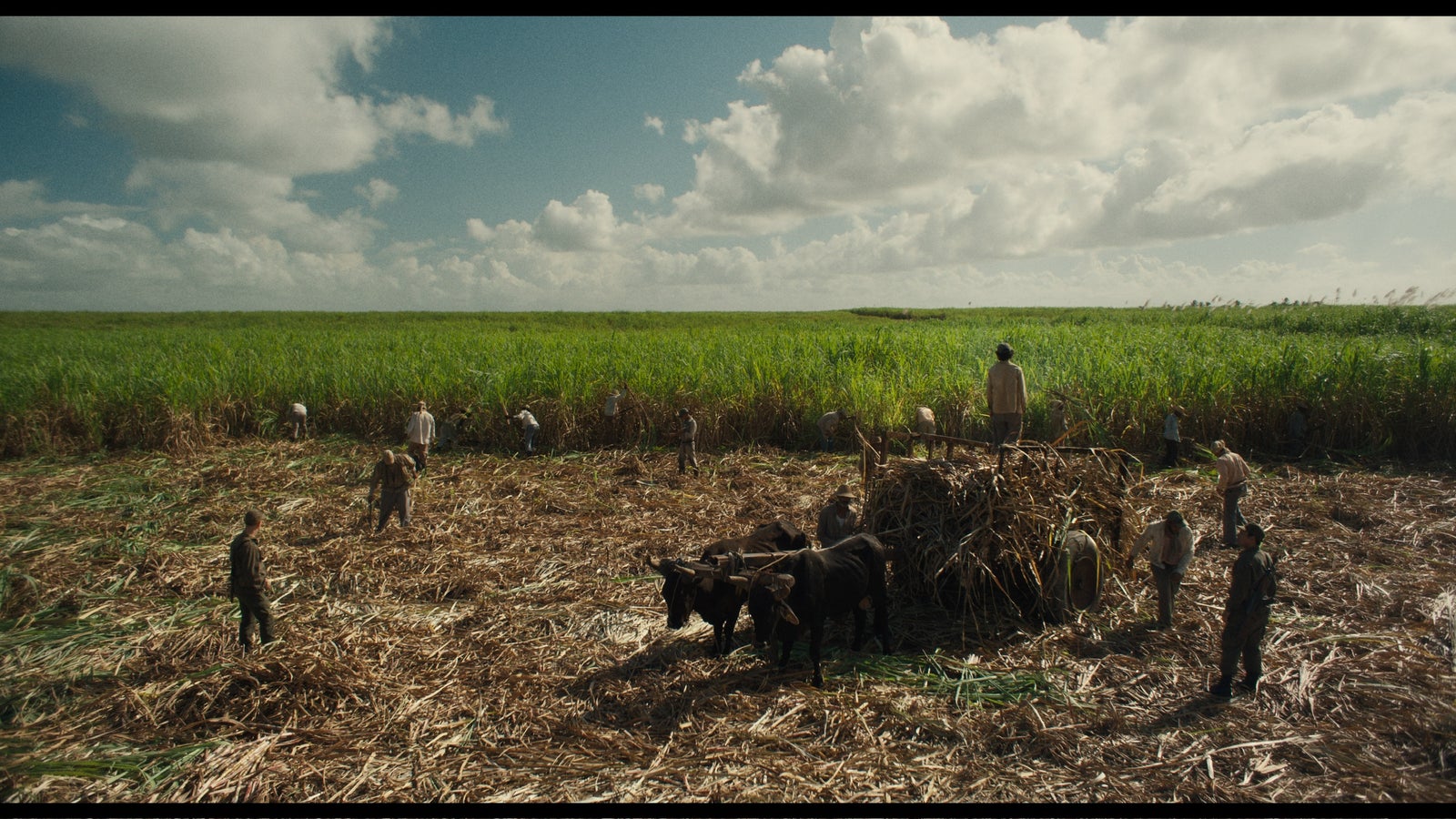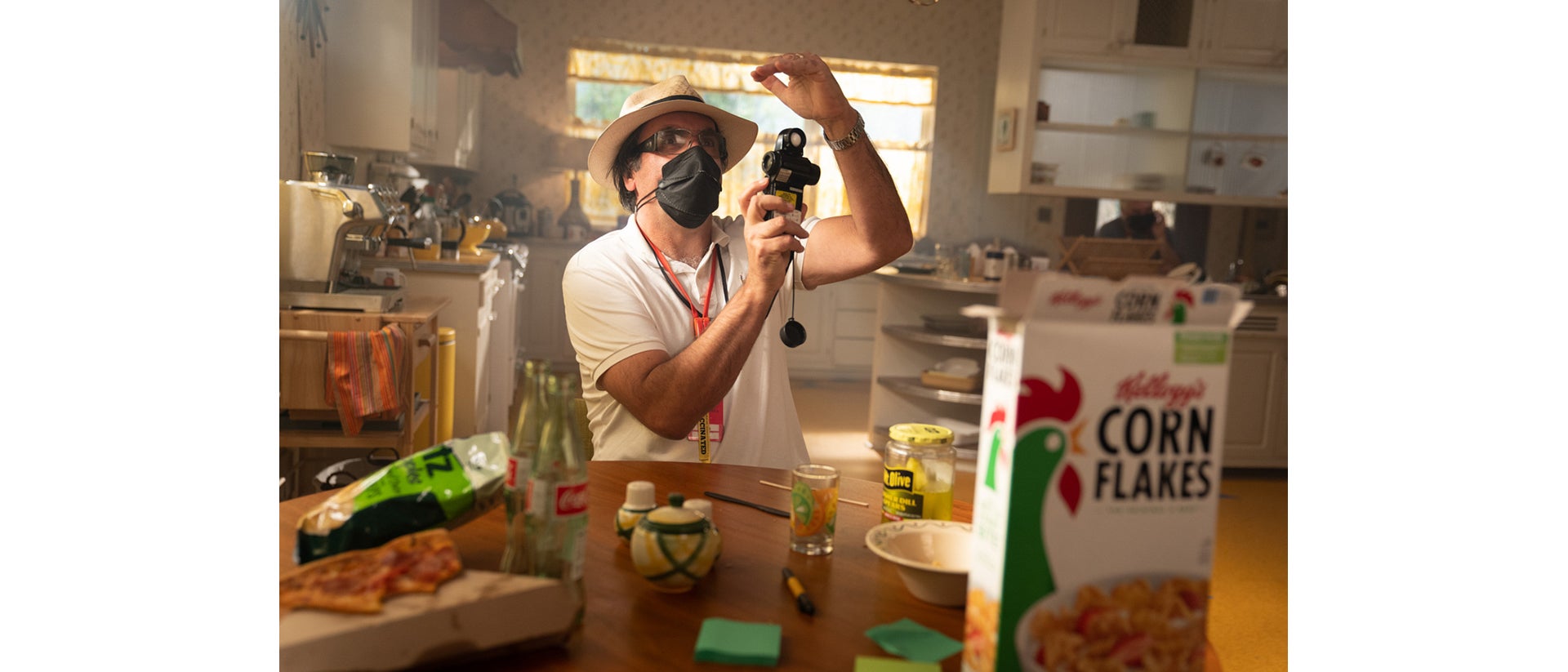
04-15-2022 - Case Study, Gear, Technology
Shot on VENICE: How Suki Medencevic, ASC Lit “Shining Vale”
By: Suzanne Lezotte
In this offbeat mix of comedy and horror, Courteney Cox’s return to television in “Shining Vale” is the perfect vehicle that “hilariously blends a hard, comedic edge with a spooky ghost story to tackle depression and marital strife,” according to Awardsdaily.com. The story follows a Brooklyn family who moves to a new home in Connecticut after Pat Phelps (Cox) cheats on her husband. It’s a ‘do-over’ for the couple, who unwittingly buy a derelict house that comes with its own ghosts. “It also ends up juggling so many tricky narrative plates — depression, generational trauma, the slow and steady awakening of a haunted house — that they could easily all come crashing to the ground,” states a review in Variety. “And yet, even in the moments when that possibility seems perilously close, the wrinkles still feel a part of the show’s overall tapestry.”
For cinematographer Suki Medencevic, ASC, there was a level of craziness that the show’s creators embraced as the story progressed. “I called it the ‘Craze-o-Meter,’” he laughed. “It was my guide as her journey of being possessed went further and further. It allowed us creative license to do what we did, and have a lot of fun.” Although Medencevic interviewed for the pilot, the director brought cinematographer Nicole Hirsch Whitaker (“On the Verge,” “Jupiter’s Legacy”) on to shoot it. “I read the script and was really excited about the project,” he said. But when the pilot was green lit for a series, Whitaker was unavailable. Circling back to Medencevic with the pilot, the producer/show runner Jeff Astroff explained that this was the feeling, mood and tonality they liked, and wanted to use it as a starting point for the season. “I agreed. I liked what they had done with the pilot,” he said. “I liked the show overall, from the initial script with its infusion of horror/comedy. We were on the same wavelength for the visual approach and the pilot was very strong, especially with the composition and camera movements. For me, it was a great foundation, because the whole story evolves quite a bit.”

The initial pilot was not shot on Sony VENICE, but used Vantage Hawk anamorphic lenses, even though the show was extracted for 16x9 for broadcast. “When I met with the show runner and producer, they liked the feel optically, but they also preferred not to use anamorphic lenses if I can give them the same look with other lenses. First thing I wanted to do was extensive tests of all the standard lenses we would use, and also some vintage lenses,” he explained.
Medencevic had used Sony VENICE on “Them” (with Checco Varese, ASC and Xavier Grobet, ASC) and proposed it as an alternative. “My instinct was to go with MiniHawk [spherical] lenses, using the same glass. Working with Checco and Xavier was a great example of a good combination of lenses, optics and the right camera, which gave me more control and a very good look." Working with Alternative Rentals, “they took very good care of us,” he noted. “I tested 10 different types of lenses, shooting the same shots. I tested Sony VENICE side by side with ARRI. After showing the tests to the show runner, he picked the combination of VENICE with the MiniHawks. This was exactly what I was going for.” For Medencevic, he appreciated the fact that the MiniHawks “behaved almost as anamorphic lenses. The special optics inside the lens means everything falls off with the distortion, different from spherical lenses. They perform really well, and there is no issue with close-focus. These lenses were a perfect choice. I shot in 4K, because we delivered in 4K, and that gave me the option to use many more lenses.”
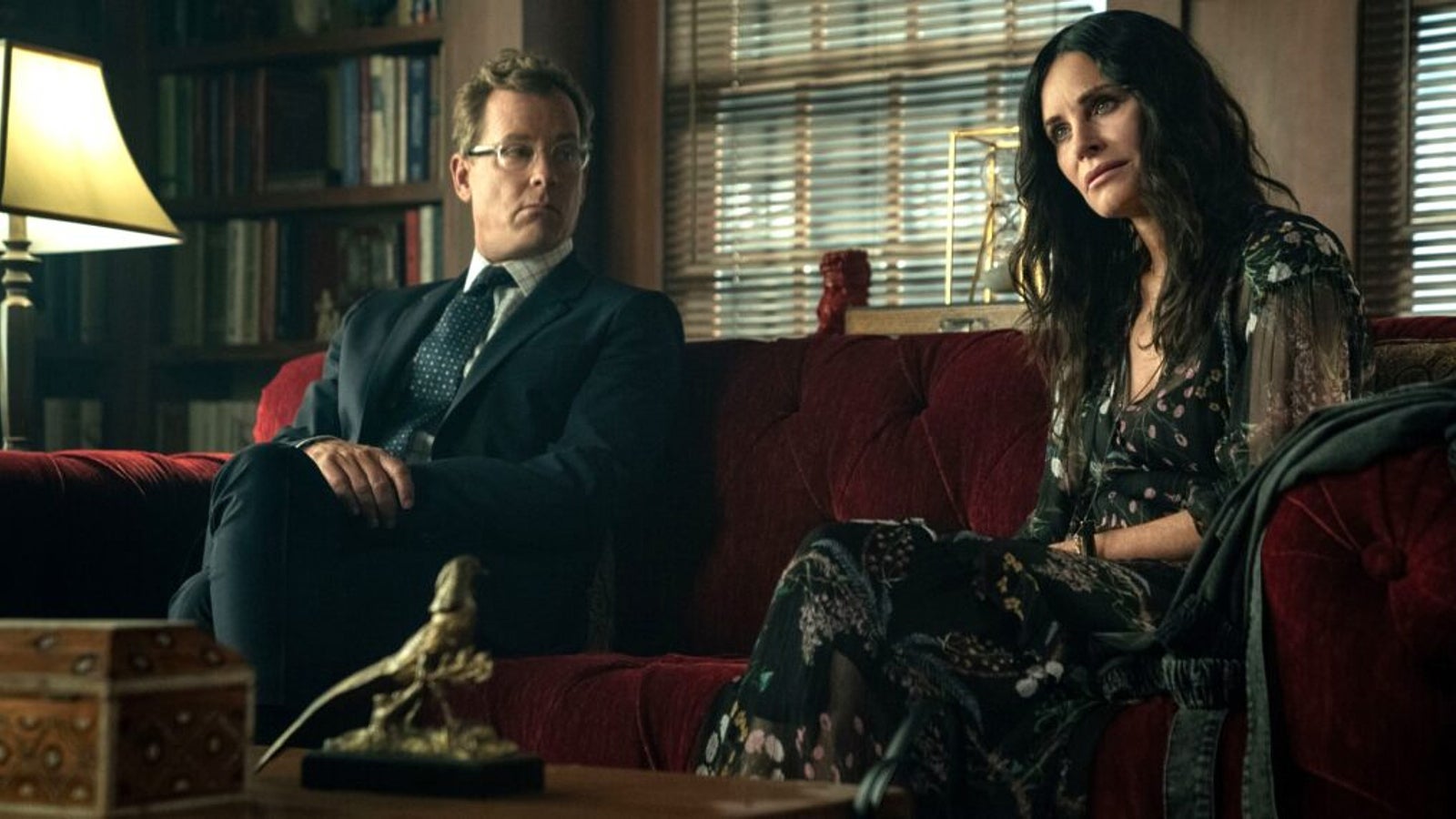
© 2021 Starz Entertainment, LLC
Knowing that the visual style meant shooting everything wide open, “It was important to maintain a sufficient depth of field, to capture the sets and the mood. It’s very important for the comedic timing: you can’t rack the focus. You have to give comedy space to work, so I work on 2.8 or 4, which gives me what I like, and it’s not forced. Then I have the choice to bring the ISO up or down if I add a practical.”
Medencevic was able to work more quickly, “because the image is identical between 500 and 2500, so I can go with a much smaller light. Normally, I would use a 4-bank Kinoflo and it would give me a good quality of light. Instead, I used LED lights, which are battery operated and remote-controlled. I am able to hide it near the camera, and have enough light to get the look I am going for,” he said. “It’s because of the sensitivity of the Sony VENICE, that I have the ability to go with less light and still get enough exposure and illumination.”
For workflow, Medencevic worked with Picture Shop and Technicolor to adjust the show LUT. “In theory, the show LUT should be completely compatible, but there was some discrepancy. After talking to Josh Pines, a great color scientist, he sent me a revised LUT to work with the Sony VENICE.”

© 2021 Starz Entertainment, LLC
Working with DIT Carmen del Toro and colorist Tom Forletta (Technicolor), “They both did a fantastic job,” Medencevic said. “Depending on the scene, we would make some corrections and Carmen made sure that we had CDL on top of the LUT. When it came to final color correction, my sessions with Tom were very short because the CDL helped ensure we were almost there.”
The pilot was shot on location in South Pasadena, in an old decrepit house. Though the producers wanted to buy the house rather than rent the location, the city of Pasadena wouldn’t allow it. Medencevic had to pivot, and production built a replica of the house across three stages. Production designer Jeff Schoen, “is a brilliant guy with an amazing team,” said Medencevic. Stage one was the first and second floor of the house, with the staircase, also encompassing the front and back of the house. Stage 2 reflected half of the set from the first stage, and also included the bedrooms and hallway, with a continuation of the closet to the bar. Stage 2 was the attic, and additional sets like Dr. Berg’s office and the hospital. “To me, the challenge was recreating all of this on stage, so I had to light it so nobody would question we were not in the real house. That required a lot of specific decisions to make it believable. On the main stage, we had to light 360 degrees, so that everywhere you look you see the house and the background,” he explained. Working with his gaffer, Ryan French, the two of them mapped out a plan in which 80% of the house is lit from outside. Production design added ceilings on every set. “The style of the show calls for wide-angle/low-angle shots. The camera is constantly moving, so I was able to shoot at 2500, sometimes at 1250, which is my favorite setting. The outside lights gave us a very natural look inside, and then I had my keys inside,” he said. Medencevic often adds a light on the camera, to give the actor a nice front light. “It’s a trick I learned. When you put a little LED there, the actor looks nice and well lit.”
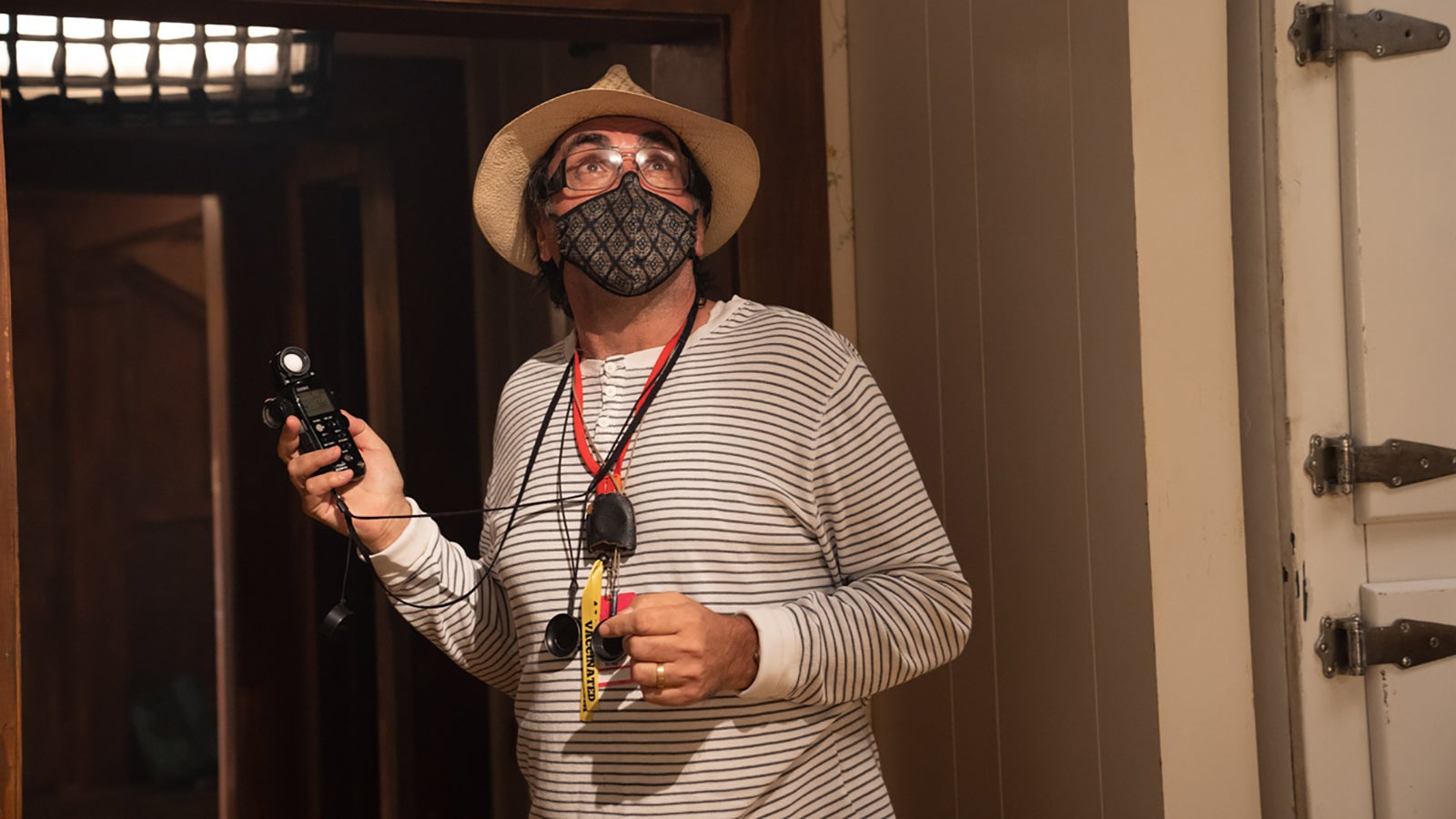
The set for the attic had already been built and used in the pilot. For the concept of piercing light coming through the ceiling, “I replicated what had been done. We used an array of ARRI T12 lights, and Mole beams, which are old style lights from the early days of Hollywood. It’s beautiful tungsten, very punchy, and then I literally punched the holes in the wall and made my own custom pattern of beams. We took poetic license to create its own kind of spookiness, and I feel as if there is a touch of magic in that set.” He utilized 4-foot and 2-foot Astera tubes, “which I could hide in the beams because they don’t need cables. The quality of color is so good that you really have very nice rendered skin tones.”
A key set is the closet, which is very small, but key to the storyline. “From Episode 2 on, we sometimes had more than one actor in the closet,” he said. To get the angles they needed, every wall in the closet was constructed as a wild wall. “I started with a simple bare light bulb, so it would have a blinding effect. When it burns out, we use a flashlight, then an iPhone. It was a challenging place to light, how to make it feel dark, but still see what was going on. I strategically positioned lights. The light bulb was a big source, but I would augment it with some fill light, 4-5 stops under key. My philosophy with lighting moody and dark scenes is that you can’t just turn off the light. Even the darkest scenes have light somewhere.”
In one scene, as Pat is drawn to the closet by music, she finds a hole in the wall. Looking through the hole with her eye, there is light behind the wallpaper. “As she tears away the wallpaper, I put a Source 4 light off screen, just behind. I wanted her to almost be blinded by the light. That was one example of breaking from logic. It was the intention of the writers to make it very ambiguous. Again, I would refer to my Craze-o-Meter, and if it was a 7, I would say ‘let’s go against logic.’”
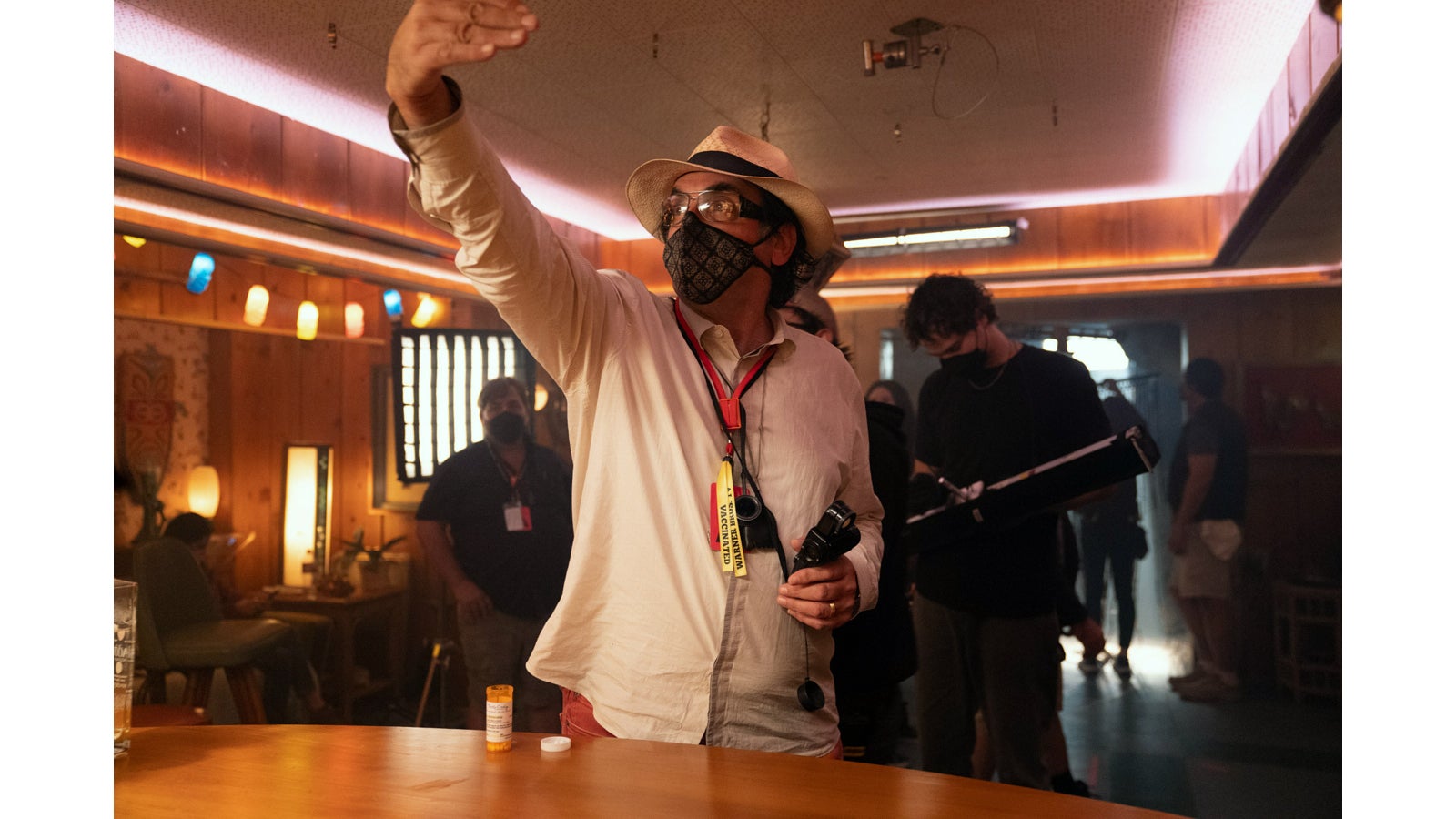
Utilizing three VENICE cameras on set, Medencevic also employed a Sony A7 IV for certain scenes. “That was a bargaining chip for me. If we needed to shoot any special angles, or unusual places, we didn’t have to use a VENICE. We worked with it for a few scenes when we needed a really low angle.” The best use Medencevic found for the Sony A7 IV was a scene that involved Oculus vision. “There is a scene when the son is playing his video games, and because the director wanted the Oculus POV, I pitched using the Sony A7 IV to show the feeling that someone is moving, a warped kind of vision,” he said. After testing with the widest zoom available, 12-24mm, Medencevic then did a pass with his colorist and tried a couple of infrared looks. “We gave it to our VFX department and they added to it. I was very happy with it.” He added, “The first time we used it for a day scene, we were shooting in a forest, and it was getting late. So we added an 18K and bumped it to something ridiculously high. It worked out really well.”
Having the ND filters in the VENICE, “I used them all the time, even on the stage. I like to shoot 2.8 and my crew knows this is my stop. The reason is that after I spend time on stage and turn on all the lights, I don’t even need my light meter because I have calibrated my eye to 1250 ISO and I can feel it. I am always within a half stop when I measure it. The NDs allow me to stay consistent, even if I happen to bring more light and pop into it.”
Medencevic explained that choosing Sony VENICE “has changed my lighting style quite a bit. Sony made a slam-dunk with a user-friendly camera, and I like the color science; it makes it far more cinematic.” For production, “it absolutely saves in the lighting rental package. If I save a few minutes on every setup by using smaller, faster lights, that’s worth it.”
